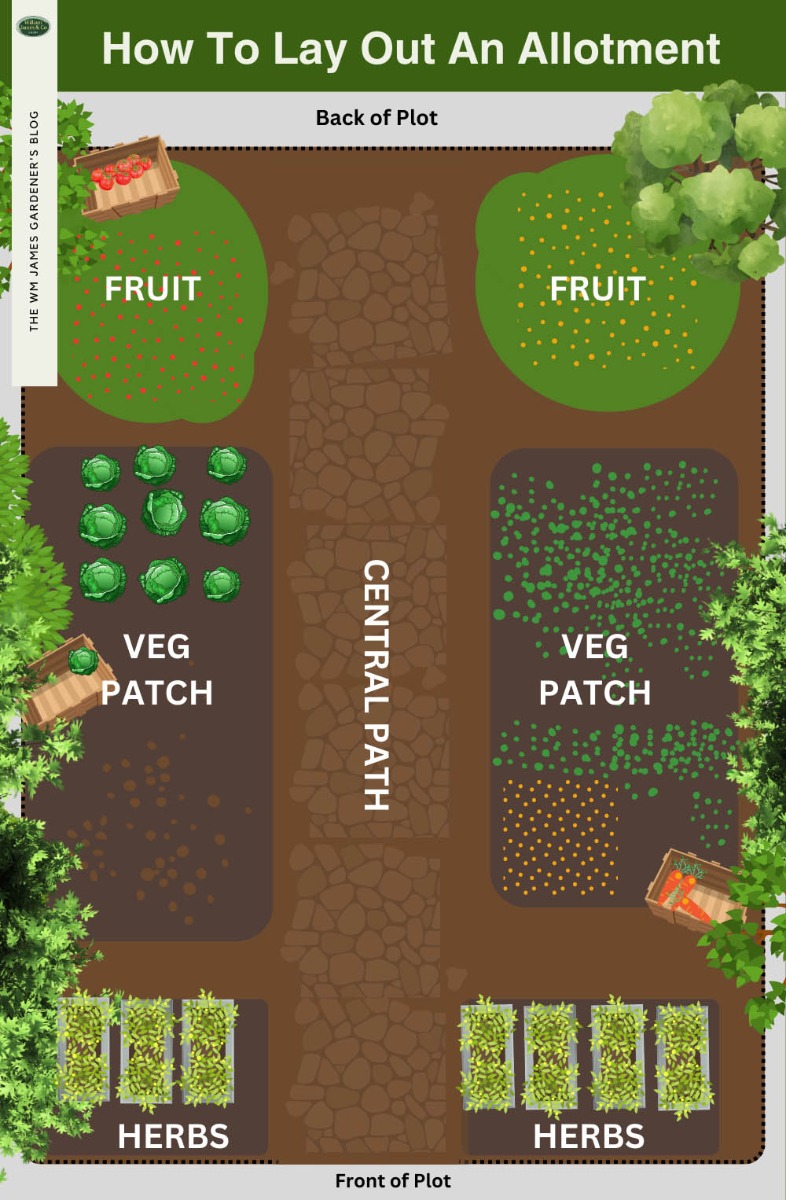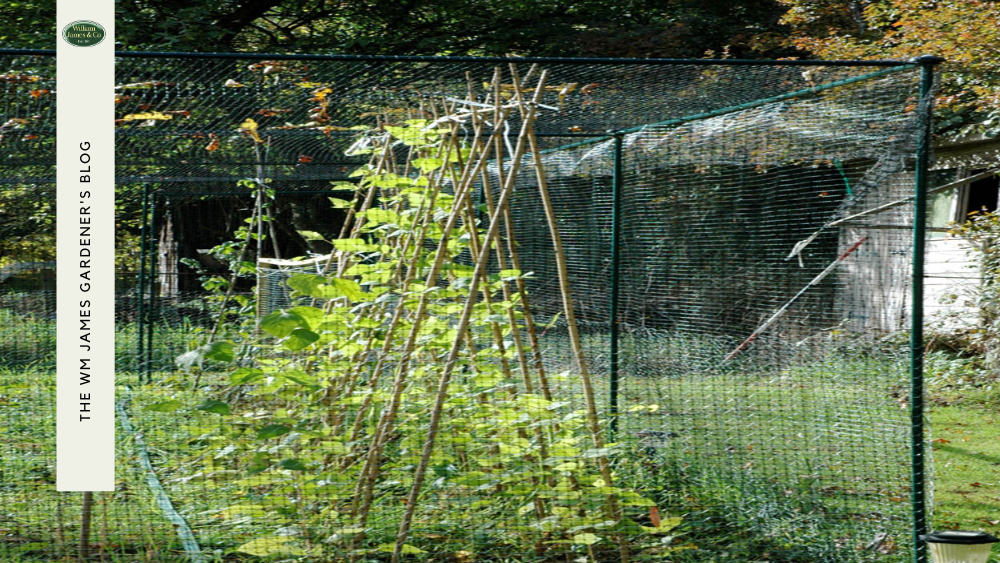We use cookies to make your experience better. To comply with the new e-Privacy directive, we need to ask for your consent to set the cookies. Learn more.
How to Start an Allotment from Scratch
- Admin
- WM James Gardening Blog
- 1 Feb 2022
-
103views
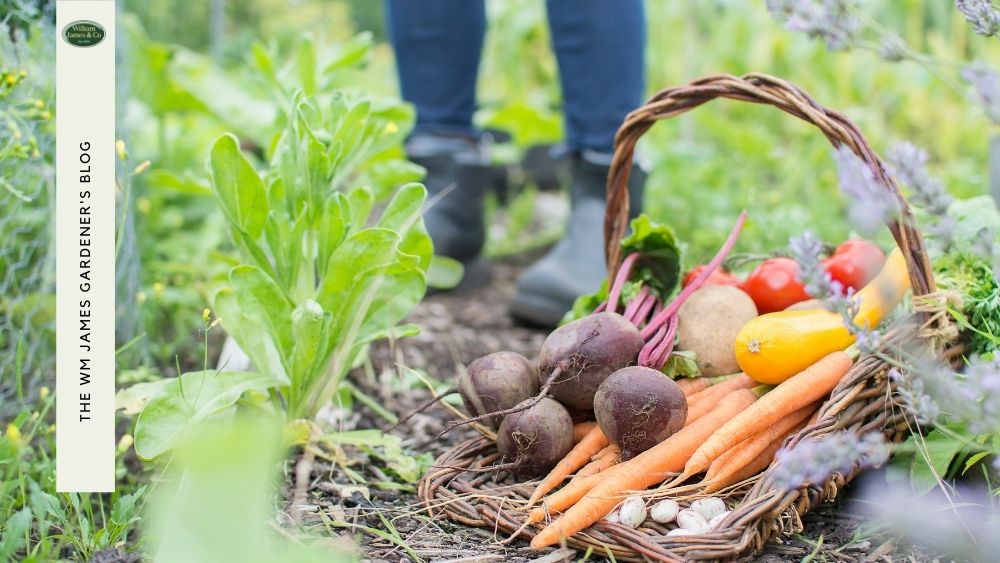
The process of growing your own vegetables may seem daunting at first, but it's actually quite simple! Starting an allotment is not only a great way to save money over the course of the year, but it's also excellent for your health.
Allotment gardening can provide you with a lot of support and help grow your skillset in the kitchen.
Many people are apprehensive about starting an allotment because they don't know how to build a raised bed or how to put up netting.
Don't worry: these can easily be learned by following some easy steps. We've got everything you need to know how to start an allotment from scratch and get started on your allotment journey.
5 Benefits of Starting an Allotment
The benefits of starting your own allotment are many. After all, there's a reason why so many people do it!
(1) Save Money on Fruit and Veg
By growing your own vegetables, you can save money year-round. It's no secret that fruit and veg from the supermarket or local farm shop can be a little pricey.
By growing your own produce, you can save money over time and enjoy the satisfaction of knowing that your food is fresh, organic, and healthy.
(2) Control What Food You Eat
You also gain control over what goes into your body and the land on which you grow these vegetables.
Organic and locally sourced food is far more nutritious than the over-processed, pesticide-ridden food often found on supermarket shelves. Plus, you can rest assured that your produce is free of any harmful additives or chemicals.
(3) It's Good for Your Mind & Body
Finally, gardening is rewarding for many reasons. It gives you a sense of peace and relaxation, a connection to nature, and it's quite satisfying to see how much food one plant can yield from start to finish.
It also gives you an excuse to get outside and move around! Gardening is a great form of low-impact exercise and can help with reducing stress, anxiety, and depression.
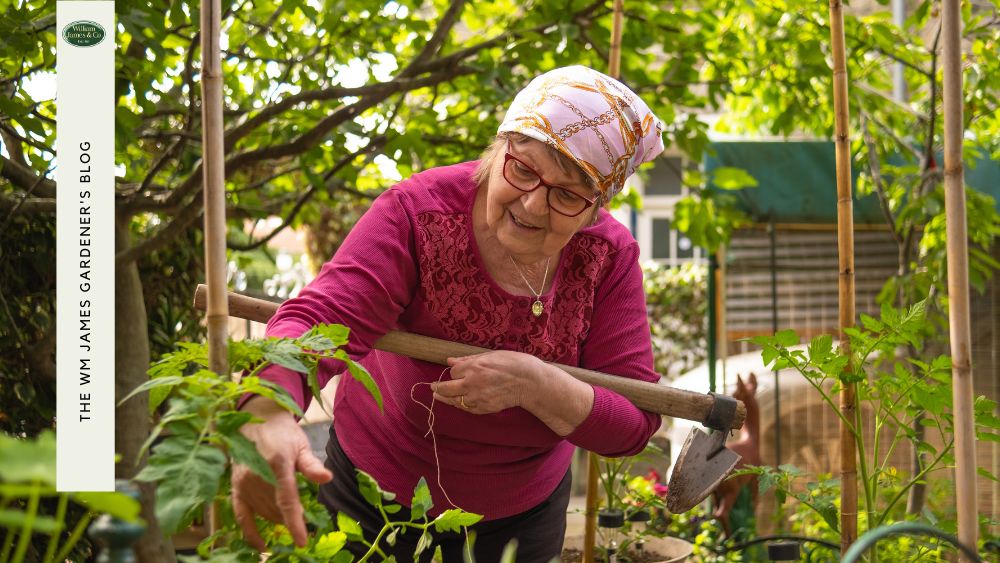
(4) Learn New Skills
By creating and maintaining a successful allotment, you will learn valuable skills like planning, budgeting, problem-solving, and more.
Plus, you'll learn a whole bunch of new gardening skills. From constructing a raised bed to learning how to water and fertilise your plants, all of these skills will come in handy when it comes time to harvest and prepare your own produce!
(5) Meet Other Allotment Owners!
Aside from the practical benefits of allotment gardening, you will also create a community. Allotment owners often become like family over time and have shared knowledge to help each other out.
You can even make some new friends in the process! From sharing tips and tricks to swapping recipes, you'll be sure to make some great connections with other allotment gardeners.
How to Start Your Own Allotment from Scratch
If you're convinced that starting an allotment is an excellent idea (which it is!), you'll need to know a few key steps in getting started.
Allotment gardening requires a little bit of time and some initial materials.
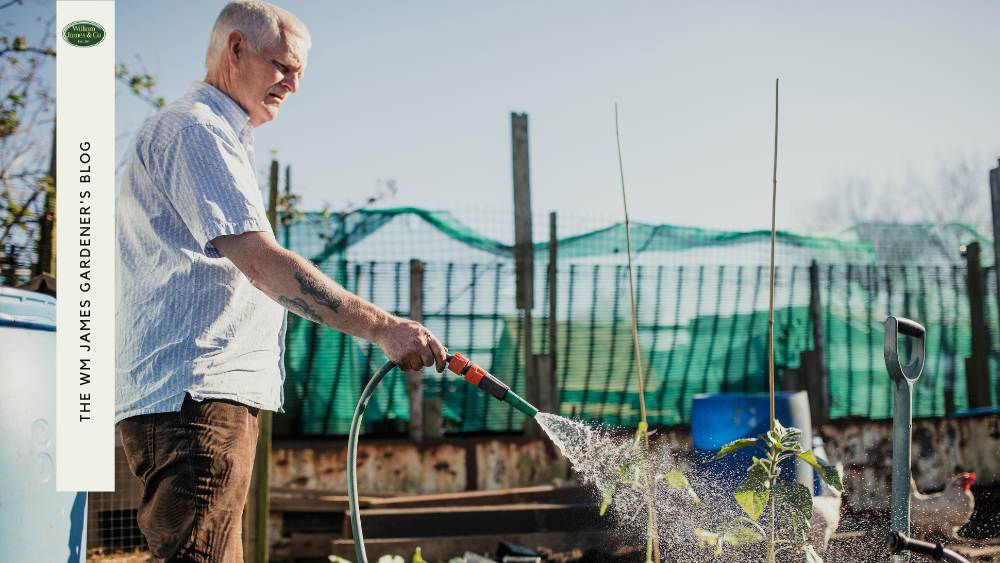
Step 1: Find a Good Allotment Plot
The first step of the process is to find a good spot. Take a look around at your local area and search for an allotment space.
You'll want to find a piece of land that is sunny and away from trees, buildings, or any large objects that will cast shade.
Price will undoubtedly come into play here, too, as you'll be expected to either rent or purchase the plot of land.
You might even have to join a waiting list, depending on the area. But don't fret! You can use that time to start planning.
Step 2: Plan Out Your Allotment Layout
After you've found your ideal allotment plot, it's time to plan out your layout.
Start by mapping out the size of the plot and allocating spaces for beds and paths. Think about what you want to grow in your allotment and account for adequate spacing between plants.
You might even want to plan for garden structures, like a shed or storage box to store your tools.
Step 3: Begin Clearing and Cleaning the Allotment
Before you start planting away, you need to clear the allotment of any perennial weeds or debris left over from previous tenants.
Grab yourself a compost bin or garden waste bin and get to work. This can be a bit laborious, but it's necessary to get a good start. Some of your friends or family might be willing to chip in to get the job done quicker!
Step 4: Build Your Raised Beds
Once your allotment is looking a bit neater and cleaner, you can start to build out your raised beds.
The first thing you'll want to do is build the raised bed, which can be done with a variety of materials.
How to Build a Raised Bed
- To build a raised bed, find an area that's at least two feet deep and 10 feet wide. Place three evenly spaced stakes around the perimeter of the area and dig a trench between them about six inches deep.
- Place your supports on top of the trench and fill it in with rocks or bricks to form walls.
- Once this is finished, cover the bed with a tarp or weed control fabric and fill it with compost.
You can also choose to plant straight in the ground, just make sure to add your compost or organic matter into the ground.
Step 5: Set Up Your Fruit Cage
Your fruit cage can sit over your raised beds to enclose them and protect your crops from birds, rodents, and other animals.
We have both low fruit cages and walk-in cages, so whatever size allotment you're working with, we have a fruit cage to fit. They're very simple to set up, but the protection they provide is invaluable.
Step 6: Plant Your Crops
Now that your allotment is ready, you can start with the fun stuff! Make yourself a little growing season calendar so you can plan out which crops you need to grow when.
That way, you know exactly what to plant and when.
What to Grow in an Allotment
Choosing the plants and crops to grow in your allotment is one of the most important parts of the process. There are many ways to choose your plants, but you should start with a plan.
You may find yourself tempted to plant every type of vegetable that you like, but this can be overwhelming. With a plan in mind, you can choose which vegetables will grow best and which ones will be easy to harvest.
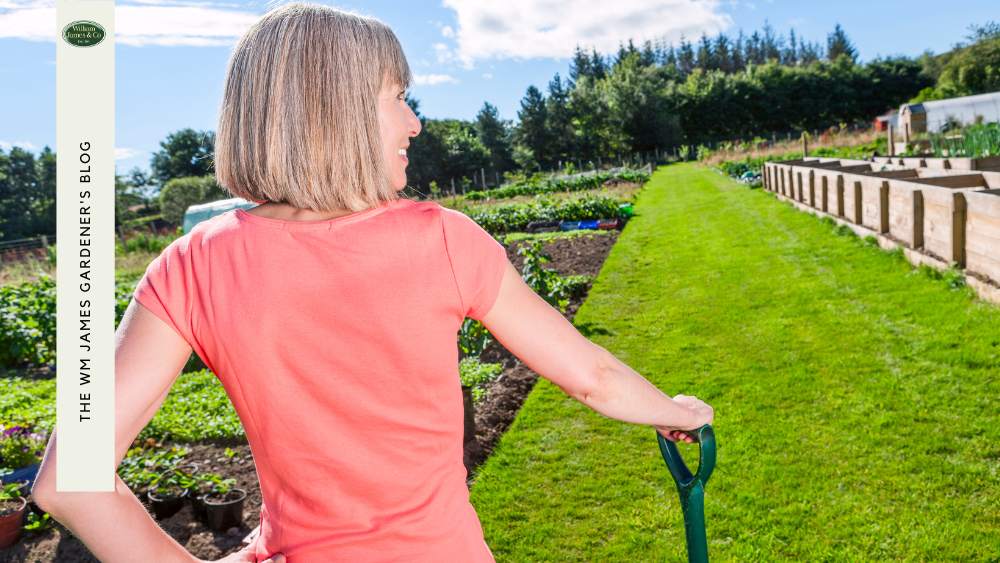
Fruits to Grow in an Allotment
Fruits are obviously one of the most popular choices of crops for growing in a new allotment.
Some fruit you might want to grow include:
- Apples
- Tomatoes
- Strawberries
- Blackberries
- Raspberries
- Cherries
- Citruses
- Pears
- Rhubarb
Vegetables to Grow in an Allotment
Veggies are another great option, and there are a variety of vegetables you can grow in your allotment.
Some vegetables that might be worth considering include:
- Carrots
- Beetroots
- Lettuces
- Radishes
- Potatoes
- Onions
- Runner Beans
- Cauliflower
- Broccoli
- Sweetcorn
- Asparagus
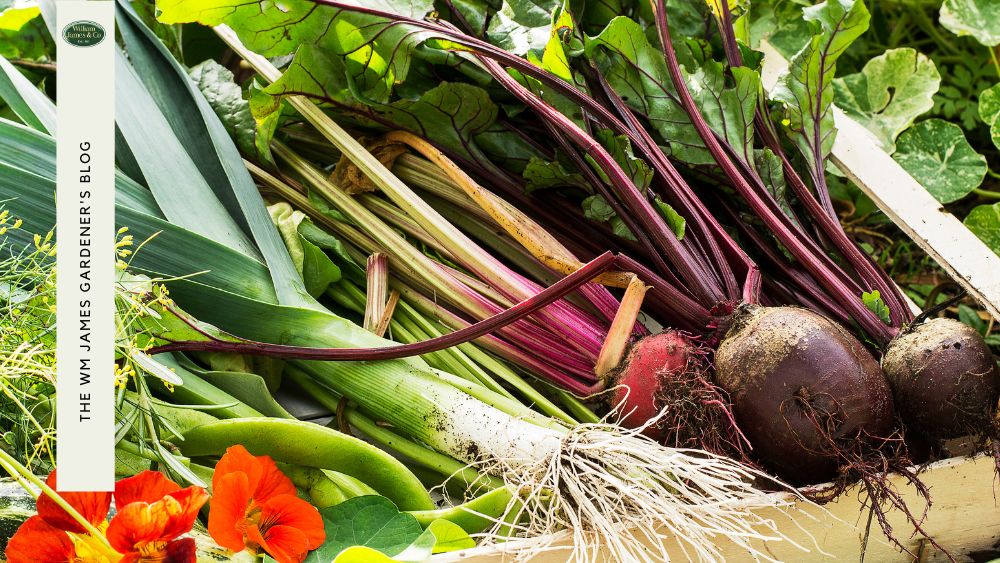
Low Maintenance Allotment Crops
Of course, not everyone can tend to their allotment every single day. If you're short on time, there are some low-maintenance crops that will still give you great results!
These include:
|
Low Maintenance Allotment Crops |
|
1. Parsley |
|
2. Mint |
|
3. Winter squashes |
|
4. Chives |
|
5.Beetroot |
|
7. Thyme |
|
8. Carrots |
|
9. Chard |
Tips for Starting Your First Ever Grow from Seed
Whether you're starting from scratch or moving to your first ever grow from seed, there are some tips for the beginning gardener.
First, find out what vegetables you'll want to grow and organise them into groups. For example, herbs should be grouped together because they have similar growing requirements. This is a good place to start your list of plants that you want to grow in your garden.
Next, get yourself some gardening tools; these might include a trowel and hoe, as well as any other tools that will help you plant seeds or tend to the garden later on in the process, such as extra pots to give seedlings more space. You may also need gardening gloves or other protective gear, such as a hat, while working in the garden.
Now, fill your raised bed with soil that is at least 6 inches deep so that germination is successful and plants have a better chance of thriving when they are planted in the ground.
When filling your bed, use organic composting materials such as leaves and grass clippings instead of dirt when possible, as this will ensure better drainage for your plants.
How to Protect Your Allotment Crops & Plants
After all your hard-work clearing away the initial debris and planting your crops, you'll want to protect them so they can grow without being damaged or eaten.
Put Up Plant Netting
Netting is a necessary component of an allotment garden.
The most important thing about netting, however, is that it should be taut. This means that the mesh in the net should not extend more than two inches past the edge of your raised bed.
We have a fantastic selection of plant protection netting that can be used to protect your plants from birds, insects, and other pests.
Build Your Own Fruit Cage
A fruit cage really should be a necessity for your allotment, but if you would rather have a go at building your own, it's certainly possible!
You can find more on how to get started here. Once your cage is built, you can use it to protect your fruit trees and vegetables from pests and damage.
Final Thoughts: Start an Allotment & Get Growing!
In summary, starting an allotment to grow fruit and vegetables is a good idea for homeowners looking to save money on their grocery bills and eat healthier.
It is also a fantastic way to get your children interested in gardening, seeing as kids have already been proven to be more inclined towards healthy food if they have a hand in growing it.
Check out our blog for other useful gardening and allotment articles and resources like this vegetable planting monthly calendar.
And don't forget to grab yourself a WM James fruit cage and plant netting to keep your precious crops safe! We also have tons of gardening tools and accessories to help you on your allotment journey.
Happy growing!
FAQs
What is an Allotment?
An allotment is a plot of land that you can grow vegetables on. The soil in an allotment is usually deep and rich, which makes it perfect for growing vegetables and herbs. Allotments typically have a few different rows of beds with space for you to plant your own seeds. If you want to grow fruits, then the plants will need more space.
What Do You Need for an Allotment?
To start an allotment, you'll need a planter box. You can choose to make your own with either wood or metal and then put it on top of a raised bed. If you don't have a planter box, you can purchase one from our website. You also need planting materials like compost and peat moss, which can be found at your local garden centre.
What is the Best Way to Lay Out an Allotment?
You should keep a path in the centre of your allotment with your raised beds or fruit cage (or cages) on either side. That way you have easy access to all of your plants. Grow your herbs at the front of the plot, with veg in the middle and fruit towards the end. Also take into consideration your shed if you plan on having one.
What Should I Plant in an Allotment?
You can grow a huge variety of fruit and veg in your allotment. Popualr crops include carrots, onions, tomatoes, peppers, courgettes and broad beans. Fruits such as raspberries and strawberries also grow very well in allotments.



